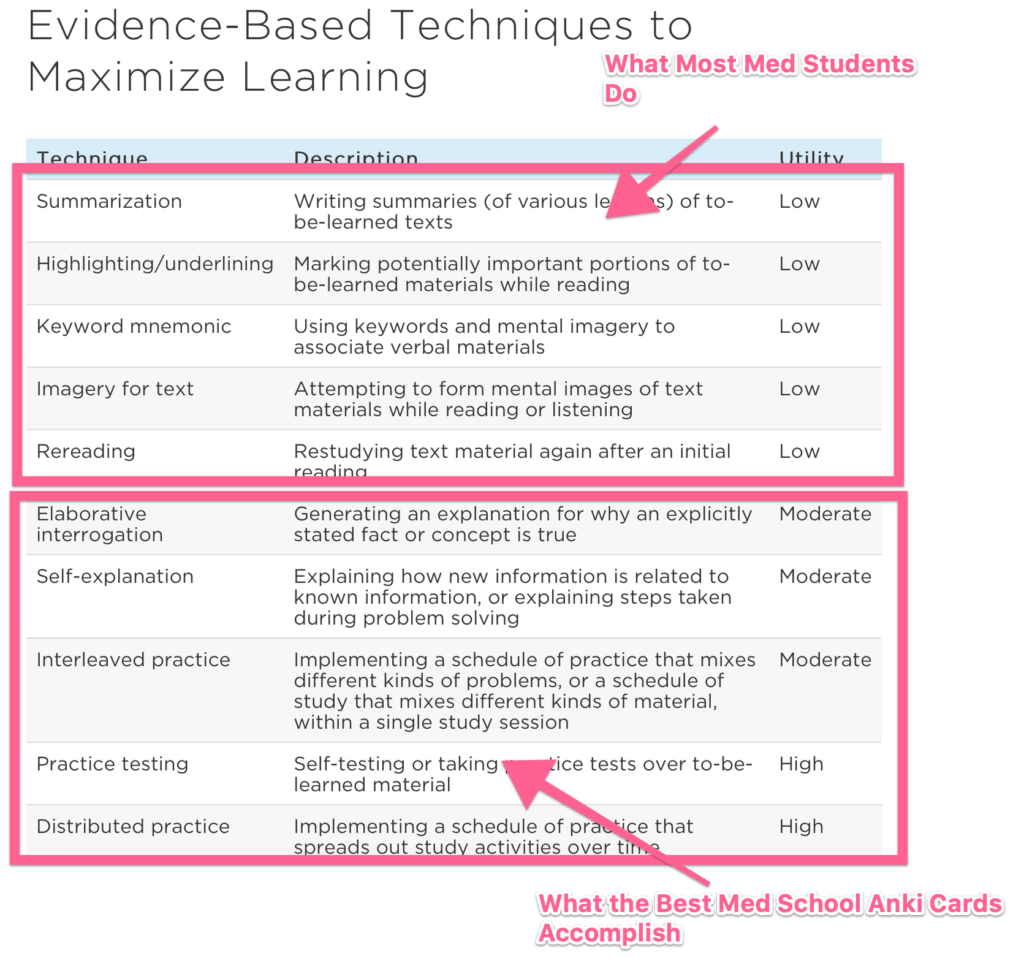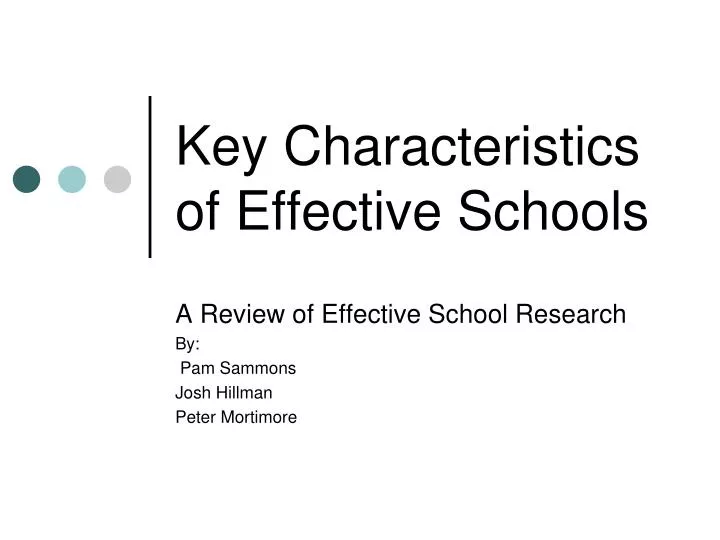

During Japan’s “lost decade” (i.e., the long-lasting recession beginning in 1991), becoming a physician was regarded as a recession-proof career among high school students in Japan. With this in mind, some anecdotal evidence in Japan may indicate the reason that young physicians have a high interest in advanced medical techniques but are inattentive to family medicine.

Despite these efforts, however, some point out that medical students’ attitudes toward primary care and chronically ill patients become more negative during medical school training ), and these attitudes influence students’ eventual choices of medical specialty. Also, a new board certification system for physicians’ clinical specialties was implemented in 2018, which officially acknowledged family medicine and general practice as a new discipline. Japan also implemented a major curriculum reform in 2004 and has adopted targeted admissions policies since 2009 with the goal of promoting the participation of young physicians in primary care and alleviating the geographic mal-distribution of primary care physicians.

In response to this issue, some countries have implemented policy packages including the reform of medical school admissions criteria and curriculum. In many developed countries, the shortage of primary care physicians, who are not hospital residents and practice primary or first contact care in community settings, is commonly regarded as a serious policy issue. Overall, this paper concludes that increased selectivity of medical school admissions predicts a higher quality of physicians in their own specialty, but at the same time, it is associated with a lower supply of physicians who go into primary care. It is also associated with graduates having a higher probability of becoming medical board certified (OR 1.294 6, 95%CI 1.108 8–1.511 4). Graduating from a highly competitive medical school (i.e., deviation value of more than 65) significantly increases the probability of working at typical acute hospitals such as so-called 7:1 hospitals (OR 1.665 2, 95%CI 1.444 0–1.920 4) and decreases the probability of working at primary care facilities (OR 0.602 6, 95%CI 0.441 2–0.823 0). Empirical results suggest that increasing selectivity of a medical school is associated with graduates having a higher probability of choosing a career in an acute hospital as well as having a lower probability of opening their own clinic and choosing a career in primary health care. Resultsįrom 1980 to 2017, the average deviation value increased from 58.3 to 66.3, indicating a large increase in admission selectivity. Graduates from medical schools in which the deviation value was less than 55 were compared with those from more competitive medical schools, after controlling for fixed effects for the medical school attended by binary variables. The association between the deviation value of medical schools and various measures of physicians’ career choices was explored by logistic and ordinary least square regression models. MethodsĪ unique continuous measure of the selectivity of medical school admissions from 1980 to 2017, which is defined as the deviation value of medical schools, was merged with cross-sectional data of 122 990 physicians aged 35 to 55 years.

This paper explores the association between the selectivity of medical school admissions and graduates’ later career choices. As a result, pre-medical students today who want to enter medical school have to pass a more rigorous entrance examination than that in the 1980s. This is primarily due to the belief that medicine is generally a recession-proof career. During the long-lasting economic stagnation, the popularity of medical school has dramatically increased among pre-medical students in Japan.



 0 kommentar(er)
0 kommentar(er)
